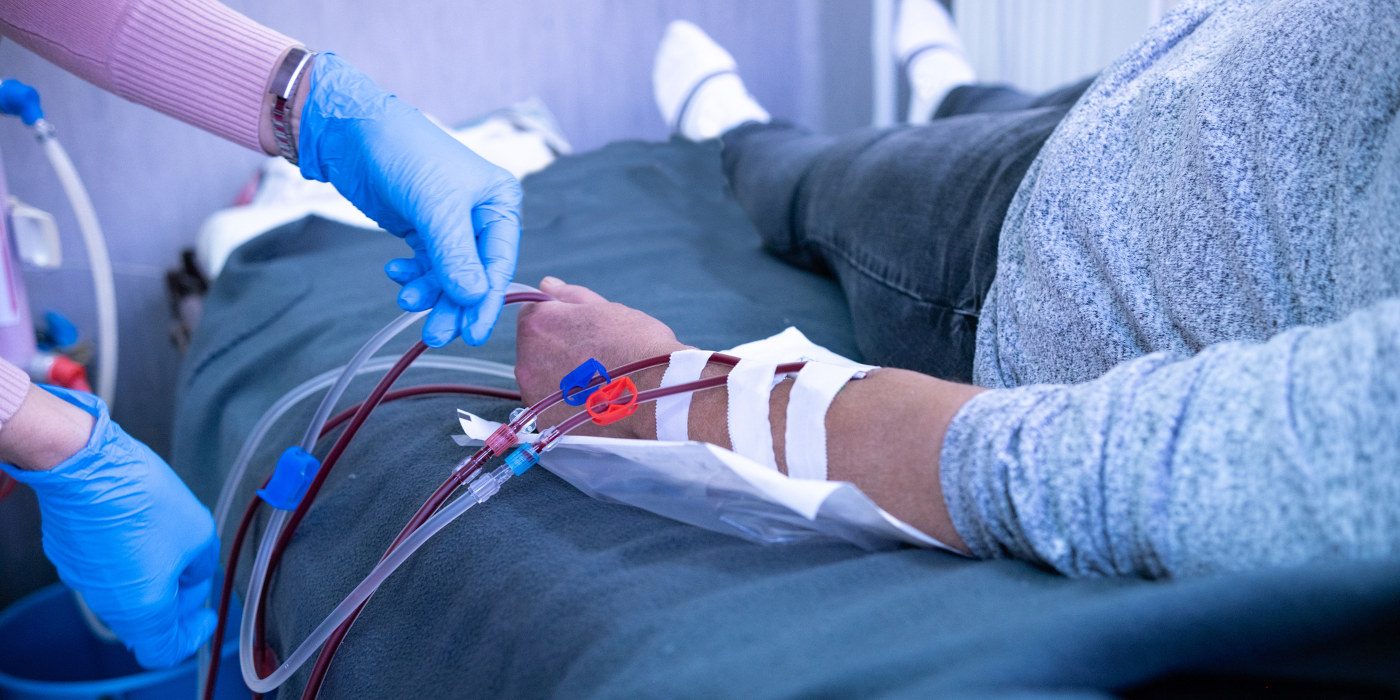
Researchers establish India’s first national benchmark for survival among haemodialysis patients
A new nationwide study has provided new information on the survival rates of patients undergoing haemodialysis across India and associated factors.
The study, which used de-identified individual-level data from 193 dialysis centres across the country which are part of the NephroPlus network, examined the survival of patients receiving haemodialysis treatment. Spanning from April 1, 2014, to June 30, 2019, the study evaluated a cohort of 23,601 patients, of whom 29% were women.
The researchers aimed to establish the nationally representative survival rates on hemodialysis treatment in India, quantify the variation in survival between centres, and measure how much of this variation was explained by centre-level characteristics.
The key findings of the study are:
- In the overall cohort, the raw 180-day survival rate was 71%, suggesting that about 7 of every 10 patients survive for over 6 months.
- After accounting for centre- and patient-level factors, the model-predicted 180-day survival ranged between 83% and 97%. Survival in the average centre was 90%.
[The centre-level characteristics included features such as number of beds, number of staff and whether the centre was in an urban, semi-urban or rural area; individual (patient)-level characteristics include age, sex, education, smoking status, treatment payment method, comorbidities, and more.]
- Mortality was 32% higher in rural centres compared to urban centres, even after considering differences in patient case-mix;
- However, the authors cautioned that other patient characteristics not captured in the database might partly explain this higher mortality rate in rural centres
- Patient characteristics associated with survival:
- Lower mortality in people with higher education or a higher monthly annual household income
- Lower mortality for patients who did not pay for their treatment out of pocket, compared to those who incurred out-of-pocket expenses
- Higher mortality in patients who had diabetes
- Higher mortality in patients whose vascular access was anything other than an arteriovenous fistula or graft
Emphasising on the broader implications of the research Prof. Vivekanand Jha, Executive Director, The George Institute for Global Health India and the former President of the International Society of Nephrology, said, “The National Dialysis Program and subsidies by state governments have improved access to dialysis in the country, and millions of Indians can now receive this life-saving treatment. We urge the government to consider extending the coverage to include support for the prevention of kidney disease and improved long-term management of major complications associated with dialysis, such as cardiovascular disease and mineral bone disease. We also urge the pairing up of a dialysis registry with the national dialysis program ”
Commenting on this findings, Dr. Carinna Hockham, The George Institute for Global Health, said, “This is the largest study to date to investigate survival outcomes amongst patients receiving haemodialysis in India, both in terms of size and geographic scope. It shows the power of using routinely collected health data to examine population health outcomes. It provides information on the type of data that should be collected to comprehensively understand what factors influence survival on dialysis.”
Dr. Arpita Ghosh, Senior Research Fellow and statistician, The George Institute for Global Health, said, “We set out to measure the extent to which variation in survival between centres could be explained by centre-level factors. This has been an important learning exercise to think about the types of information that need to be collected in a national dialysis registry to ensure that an effective quality improvement system can be established.”
Broader Context
Hemodialysis is a vital medical procedure used to treat individuals with kidney failure. When the kidneys are no longer able to filter waste and excess fluid from your blood effectively, hemodialysis steps in to perform this crucial function.
India has one of the highest numbers of long-term dialysis patients globally, with an estimated 175,000 individuals in 2018. The number of dialysis patients is on the rise. Amongst all procedures covered under the Ayushman Bharat scheme, the government spends the most money on dialysis procedures.
Despite this burden, there has been limited data on the clinical outcomes of dialysis patients in India. Previous studies were either small, single-centre, or over 10 years old. Before this study, there was no national benchmark for survival in hemodialysis patients, and no study had examined survival differences between dialysis centres.
Future Directions
As India expands access to dialysis, continuous and collaborative quality improvement initiatives will play a vital role in ensuring that patients receive best possible outcome during care. The collection of standardized, prospective data on dialysis outcomes and other important characteristics will be central to this, to enhance accountability and identify regions for care improvement.
By establishing a national benchmark for survival rates and identifying key factors influencing survival, this research paves the way for targeted interventions and improved care for dialysis patients across the country.
The full study can be accessed here




